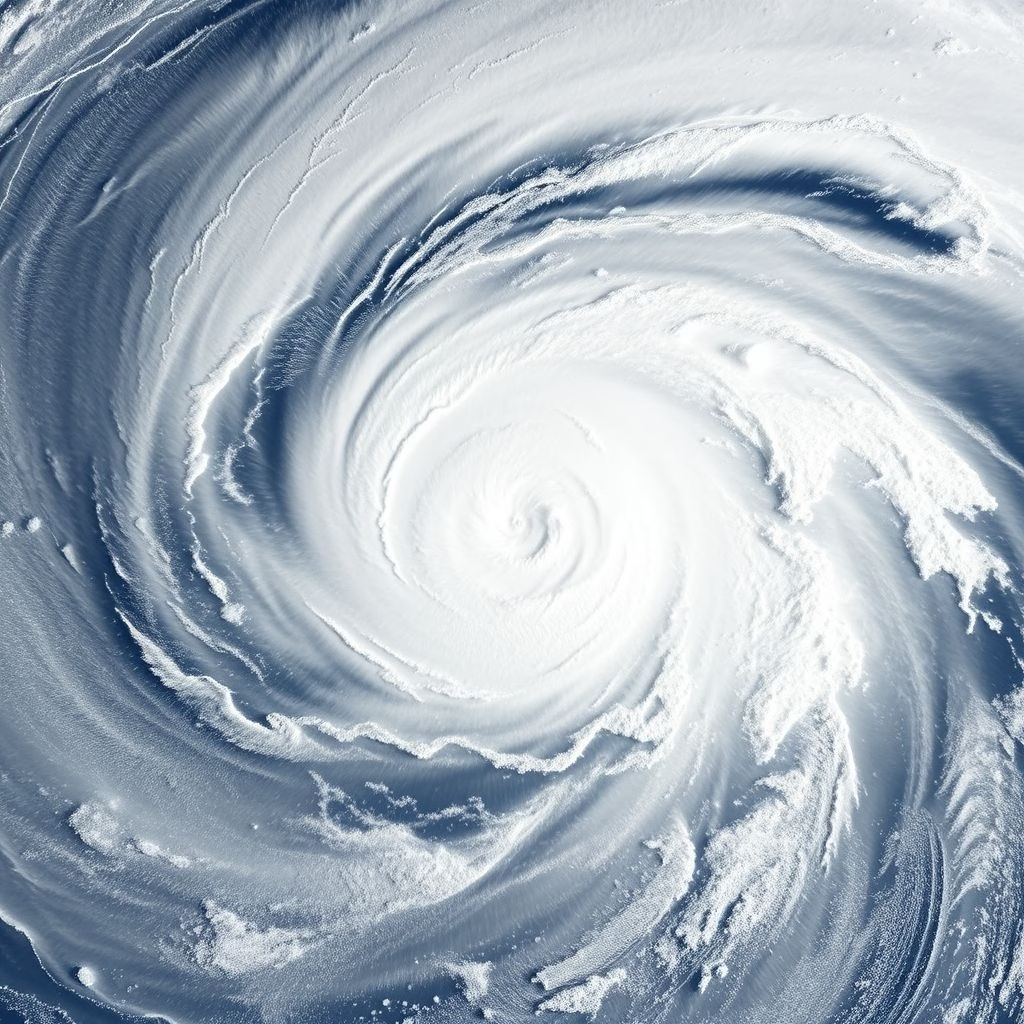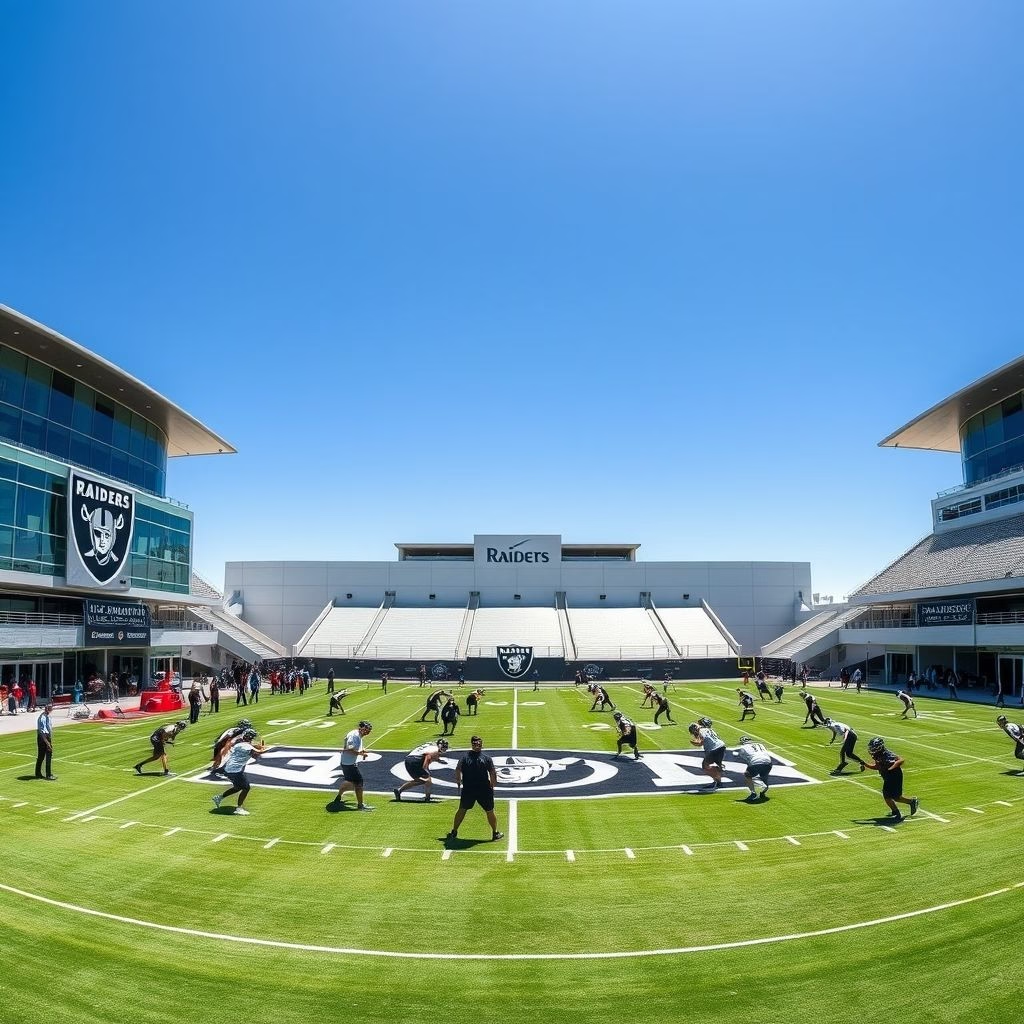The Rising Tide: Understanding Climate Change Impacts in the Pacific Northwest
The Rising Tide: Climate Change’s Grip on the Pacific Northwest
The Pacific Northwest is feeling the heat, and not just from summer wildfires. Climate change is intensifying, with consequences already reshaping the region’s environment and economy. This post delves into the core impacts and what it means for the future.
Key Impacts
The region is experiencing changes across several fronts:
- Rising Temperatures: Average temperatures are increasing, leading to longer wildfire seasons and heatwaves.
- Changes in Precipitation: Shifting weather patterns bring more rain instead of snow, impacting water resources.
- Ocean Acidification: This threatens marine ecosystems, especially shellfish.
- Sea Level Rise: Coastal communities face increased flood risks.
These changes are not just environmental; they have a direct impact on the people and organizations within the Pacific Northwest. For example, Seattle is investing in infrastructure to mitigate flooding risks, and farmers throughout Washington state are adapting to changing growing seasons. The effects extend to the livelihoods supported by fisheries, potentially impacting companies and fishing communities alike.
Understanding these key points is crucial to addressing the challenges presented by a changing climate. Adaptation and mitigation strategies are required to protect the area’s natural resources and safeguard the communities of the region.
Further reading:
For more information on climate change impacts in the area, visit:
https://www.epa.gov/climate-indicators/climate-change-indicators-pacific-northwest
https://www.usgs.gov/special-topics/water-resources/science/climate-change-and-water-resources




